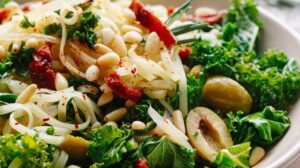Compensatory mechanism
- Renin-Angiotensin-Aldosterone-System (RAAS)
- Neurohormonal response – RAAS
- Endothelin release (contractility)
- Cytokine release (Hypertrophy)
- Inadequate stroke volume and CO – (Epi and NoreEpi)
- Ventricular remodeling
- Continuous activation of neuro-hormonal responses (RAAS and SNS)
- Hypertrophy of ventricular myocytes
- Ventricles larger but less effective in pumping
- Can cause life-threatening dysrhythmias and sudden cardiac death
- Dilation
- Enlargement of chambers of heart that occurs when pressure in left ventricle is elevated
- Initially effective
- Eventually this mechanism becomes inadequate and CO decreases
- Hypertrophy
- Increase in muscle mass and cardiac wall thickness
- Initially effective
- Over time leads to poor contractility, increased O2 needs, poor coronary artery circulation, and risk for ventricular dysrhythmias
Counterregulatory mechanism
- Natriuretic peptides
- Atrial natriuretic peptide (ANP),
b-type natriuretic peptide (BNP) - Released in response to increased blood volume in heart
- Causes diuresis, vasodilation, and lowered BP
- Counteracts effects of SNS and RAAS
- Atrial natriuretic peptide (ANP),
- Nitric oxide (NO) and prostaglandin
- Released from vascular endothelium in response to compensatory mechanisms
- NO and prostaglandin relaxes arterial smooth muscle, resulting in vasodilation and decreased afterload




